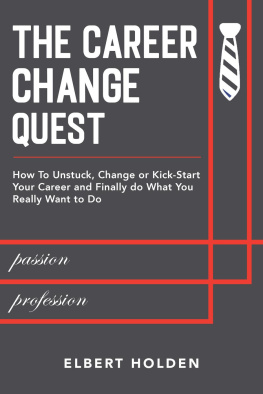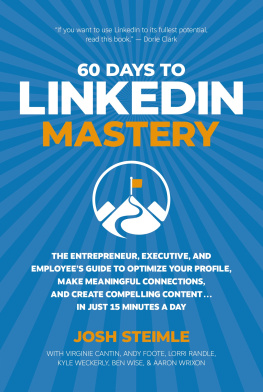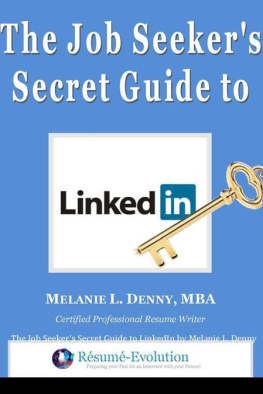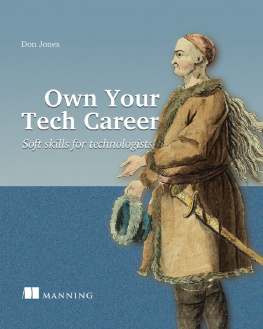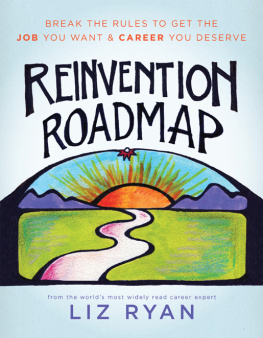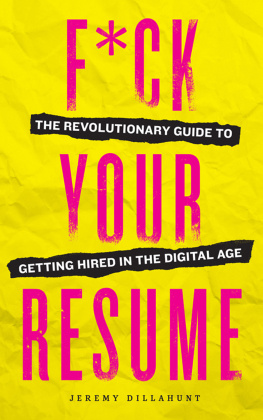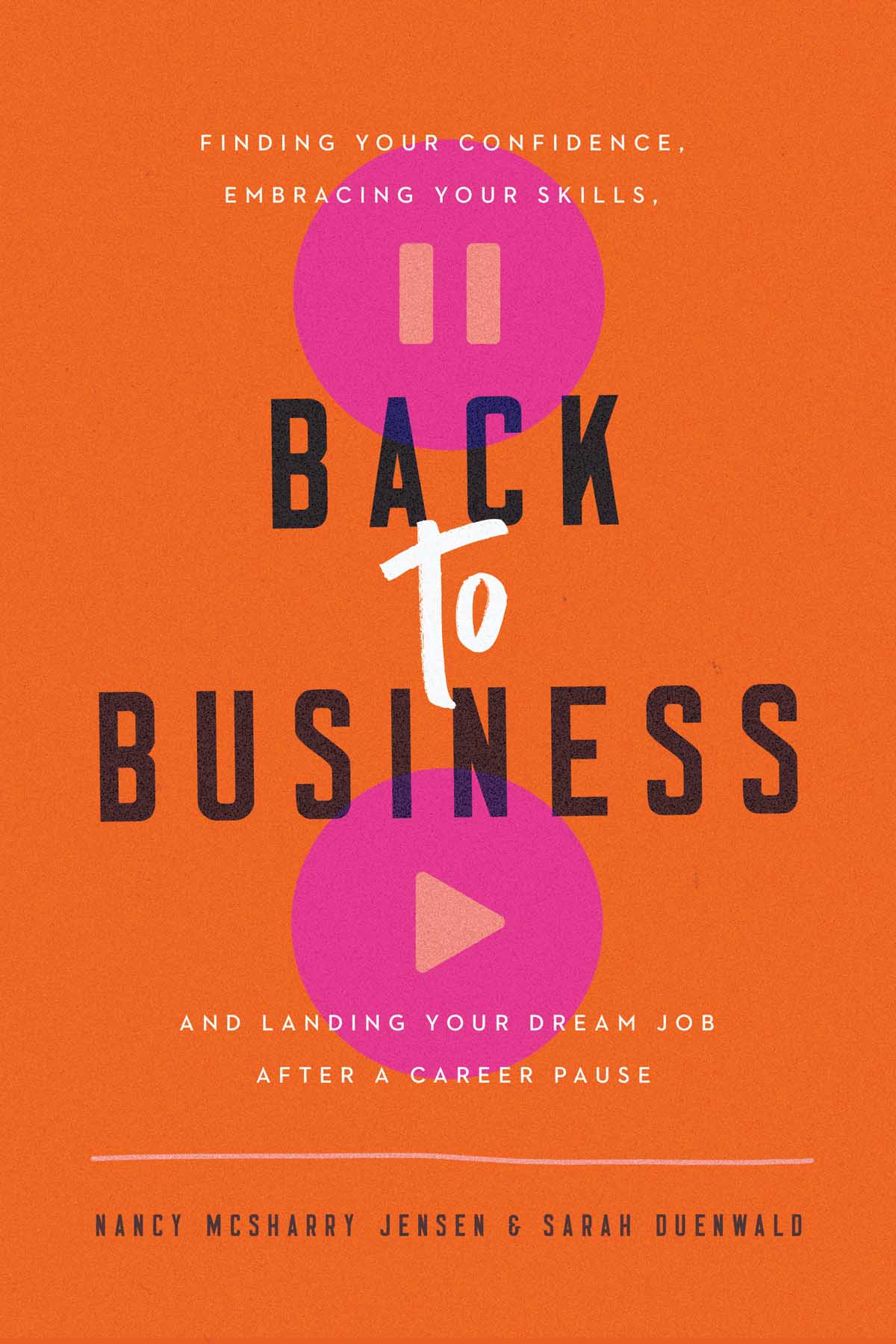2021 Nancy McSharry Jensen and Sarah Duenwald
All rights reserved. No portion of this book may be reproduced, stored in a retrieval system, or transmitted in any form or by any meanselectronic, mechanical, photocopy, recording, scanning, or otherexcept for brief quotations in critical reviews or articles, without the prior written permission of the publisher.
Published by HarperCollins Leadership, an imprint of HarperCollins Focus LLC.
Any internet addresses, phone numbers, or company or product information printed in this book are offered as a resource and are not intended in any way to be or to imply an endorsement by HarperCollins Leadership, nor does HarperCollins Leadership vouch for the existence, content, or services of these sites, phone numbers, companies, or products beyond the life of this book.
ISBN 978-1-4002-2150-9 (eBook)
ISBN 978-1-4002-2141-7 (HC)
Epub Edition November 2020 9781400221509
Library of Congress Control Number: 2020947593
Printed in the United States of America
20 21 22 23 LSC 10 9 8 7 6 5 4 3 2 1
Ebook Instructions
In this ebook edition, please use your devices note-taking function to record your thoughts wherever you see the bracketed instructions [Your Notes]. Use your devices highlighting function to record your response whenever you are asked to checkmark, circle, underline, or otherwise indicate your answer(s).
This book is dedicated to the 45 percent of women who have taken a career break and the 60 percent who are currently unhappy, unfulfilled, or unappreciated at work and want to make a change.
You are not alone. This book was designed for you to take what you need, using it as leverage and motivation to take control of whats next for your career.
CONTENTS
Guide
EVERY YEAR, 45 PERCENT OF American women take career breaks. They leave to care for their children, their parents, and sometimes themselves. When its time for them to return to work, they face an unnerving, lonely landscape.
Despite track records of professional achievements and personal triumphs, many women find themselves fearful when its time to get back to work.
They feel like frauds, claiming professional expertise for work done what seems like a lifetime ago. Out of the loop, many privately wonder if they can catch up to a world where performance acronyms change like the wind, where yesterdays performance dashboard is todays KPI (key performance indicators).
Theyre concerned about being judged for taking a career off-road to care for their families, delaying or dashing career growth; or worse, stigmatized as taking the dreaded mommy track, opting out of the workforce.
And, finally, theyre afraid of being ridiculed for trying to get back in.
We know, because we went through it.
Nancy took a five-year break to care for her young children and elderly parents. When she decided to return to work, she was appalled by how dismissive recruiters and hiring managers were, despite the fact that she had built a very successful career at International Data Group and Microsoft Corporation.
Sarah stepped back from a successful sales career after the birth of her second child, but realized quickly that she needed to work and wanted to make an impact, while maintaining flexibility for family needs.
If this sounds familiar, know that youre not alone.
That brings us back to our first statistic above: 45 percent of American women face this harsh reality every yearthats seventy-seven million people. Virtually all want to return to paid work, but they experience the same fears and frustrations that we did when it was time to get back to work.
As Nancy says: While I felt bad, I was also angry. I had a pristine professional rsum, with fifteen years of experience building businesses on both coasts. I helped launch multiple products at Microsoft, including the $1 billion-plus SharePoint business. If getting back to work was this hard for me, what was it like for everyone else? I wanted to fix this problem. I started talking with friends and colleagues about this challenge, and had the immense good fortune to meet Sarah Duenwald, who was looking to stay engaged in work while her children were young, building on her very successful career in business development, gaming, and human resources software.
We joined forces to start The Swing Shift and help women like us who want to work and have families, supporting them as they move forward in their career. And what weve learned is that the modern job search is a game, populated with ever-changing technology, new and evolving hiring processes, and a raft of unwritten rules about how to search, taking into account what hiring managers are looking for in candidates.
Our programming brings together women from all walks of life and spans the block-and-tackle elements of the job searchrsums and LinkedInand pairs them with modern elements, like using connections to reach friendly hiring managers. We bring in expert professionalsworking professionals who navigated their own paths back or made impactful career transitions. They generously share their stories, firsthand experiences, and guidance to help women move forward toward their career goals.
The demand for help getting back to work is enormous, and weve grown to make sure we can serve the hundreds of women who want to get back into paid work or move into a role that better fits their needs and lifestyle. Weve spoken with thousands more both in-person and at online events. Weve learned about their needs and wants and fears.
So, if youre one of the seventy-seven million women who took a breakand the almost 60 percent who want to shift roles or careersthis book is for you. We wrote it to share what we learned about what works in the modern job search, with the hope that you can take advantage of it to get back to business.
Weve broken the book down into practical, actionable steps. We outline job search strategies to assist you in determining the best road back. We teach you how to build your job-search marketing toolkit, which includes rsums and LinkedIn, and also covers your pitch, personal brand, and social medias impact on your search. We walk you through the power of relationships, working to activate connections both in-person and online. We also provide guidance on interview preparation, negotiations, and time-to-market factors that will influence your search.
These steps, taken together, will get you back to work.
While we know you might be apprehensive, we want you to assure you there is hope. Weve worked with women who have come from incredibly challenging circumstances and have gone forward to build their careers into what they need and want to fit the circumstances of their lives. Weve shared just a few of their stories as illustrations of how to get back to business.
Whether youve been away from paid work, stuck in a career you dont like, or at a dead-end job, youve picked up this book because youve come to realize that the job-search process has changed. You need a search strategy, a marketing toolkit, and most important, you need to activate your connections and network.
And there are so many more aspects to looking for a job. Social media is a crucial element. Possessing a professional social profile, as well as augmenting it with a relevant, personal, social presence, is commonly understood to be a must-have.
There are human biases in play, both in terms of your career break and sometimes your age. A 2018 Harvard Business Review study shows that hiring managers would rather hire someone who had been laid off or fired rather than a stay-at-home parent, even one with a track record. And in many industries, youre considered old by age forty-five.



